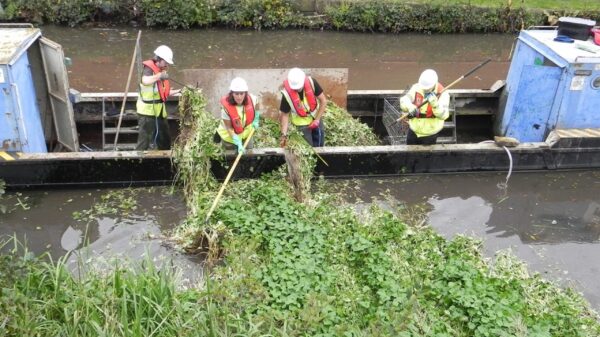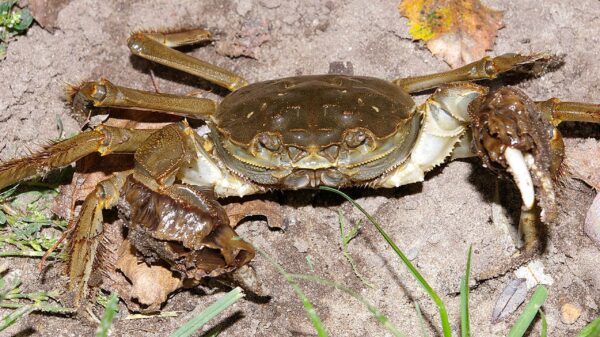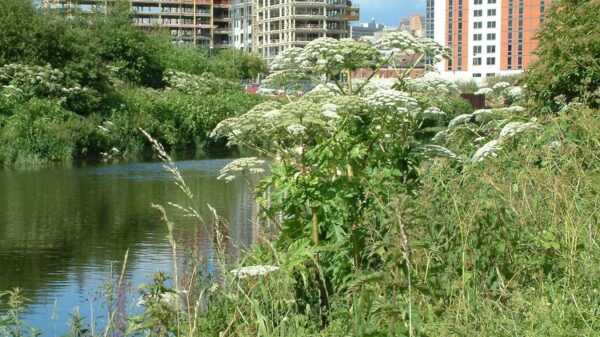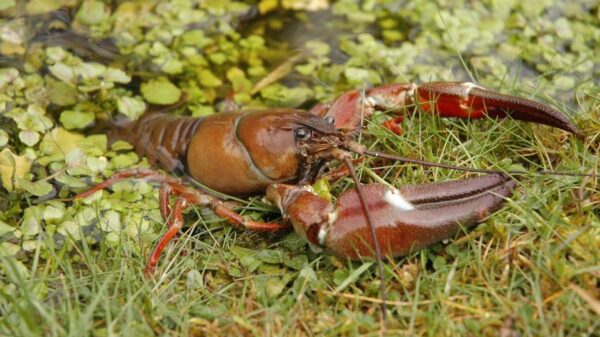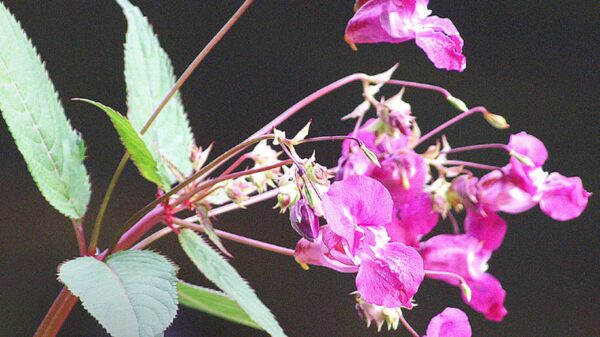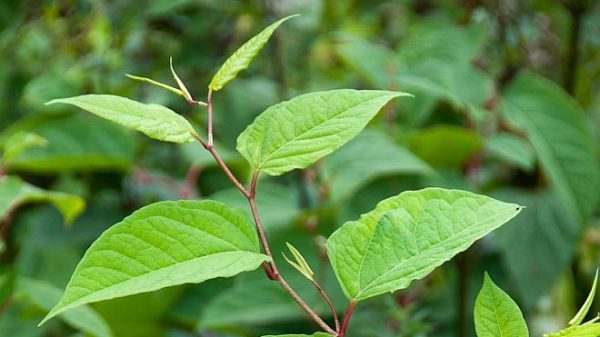What is Himalayan Balsam?
Himalayan balsam (Impatiens glandulifera) is an invasive plant introduced to Britain in the mid 19th Century by Victorian gardeners. It is the tallest annual plant in the UK, growing to a height of over three metres.
Why is it a Problem?
Himalayan balsam grows in dense stands crowding out native plants. It can take over whole areas of river and canal bank over spring and summer before dying back in the winter. When Himalayan balsam dies back it leaves banks, that it previously dominated, bare having crowded out native species. With no roots left to strengthen the bank, the bank becomes more susceptible to erosion.
Spread
Himalayan balsam can be found across much of England and Wales. It spreads quickly as it has up to 800 seeds per plant, which are released explosively from seedpods and can travel for up to seven metres from the plant. If the seeds land in a stream, river or canal they will be taken downstream where they will start a new colony, one of the reasons this plant is so difficult to control.
Wildlife
This is a problem for local wildlife, as the natural biodiversity of the area is reduced because native plants cannot compete with Himalayan balsam. Biodiversity is further impacted by the way in which bees are drawn to Himalayan balsam over other plants, reducing the pollination of native species.
In addition, the loss of cover on the banks over winter is the loss of a habitat for animals. Animal habitats can also be negatively impacted by the increased bank erosion, which in turn leads to increased sedimentation that can suffocate fish spawning beds.
Boating
Himalayan balsam can impact boaters in a number of ways. Most obviously its spread along whole sections of river or canal bank can make accessing the bank from the towpath or water difficult during spring and summer. The increased bank erosion in winter can lead to navigation problems and an increased need for dredging.
Angling
The negative impact that erosion, linked to Himalayan balsam, has on fish spawning beds can reduce the number of fish in a waterway. Anglers can also find it difficult to access angling spots due to dense Himalayan balsam stands that then leave banks unstable when it dies back in the winter.


